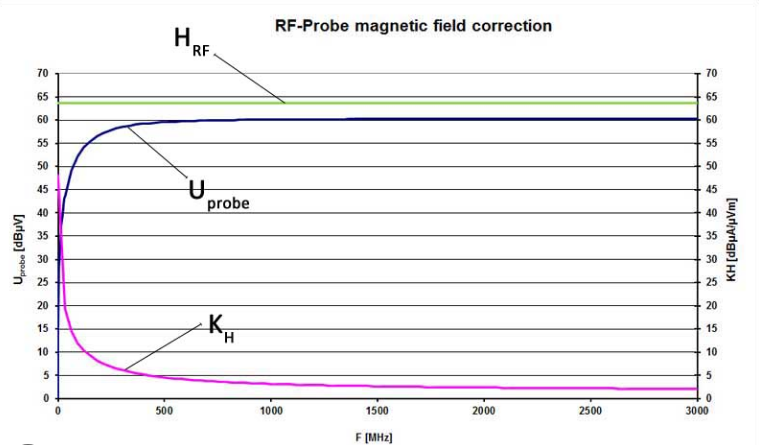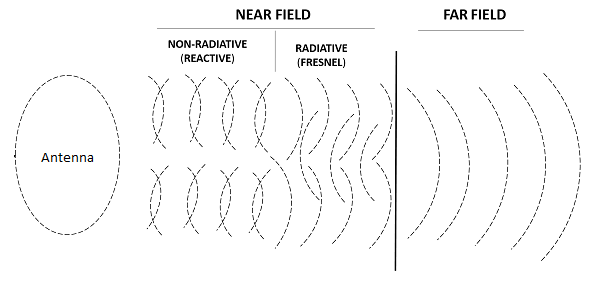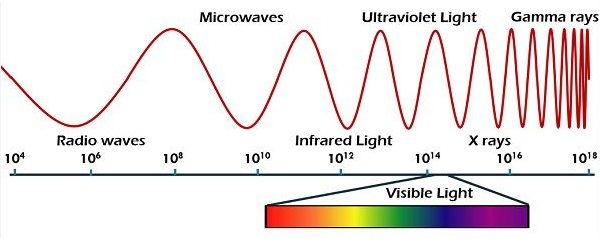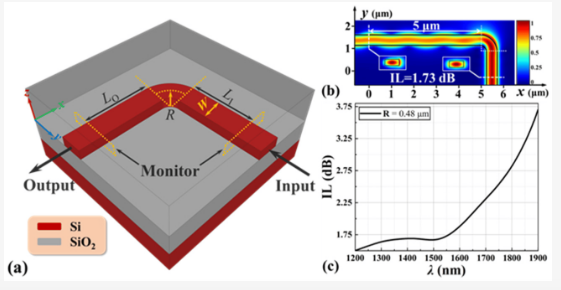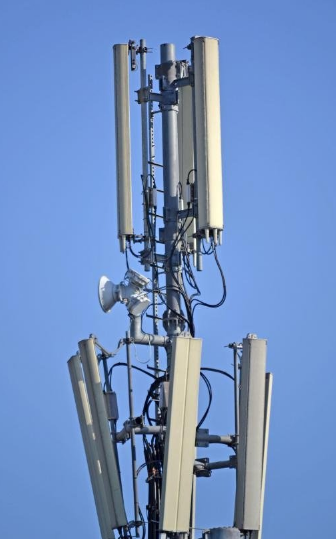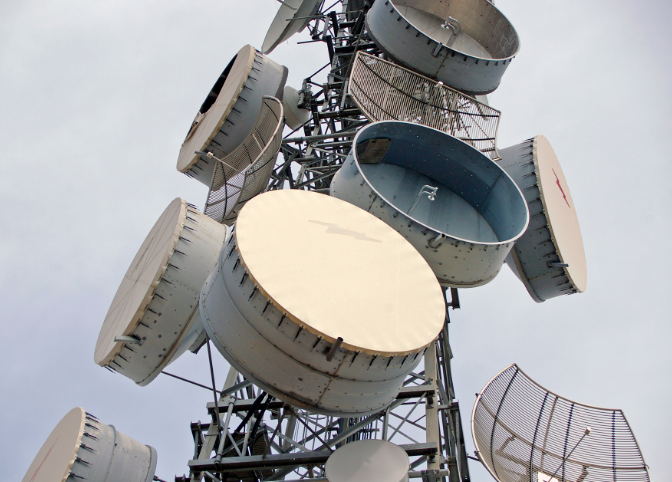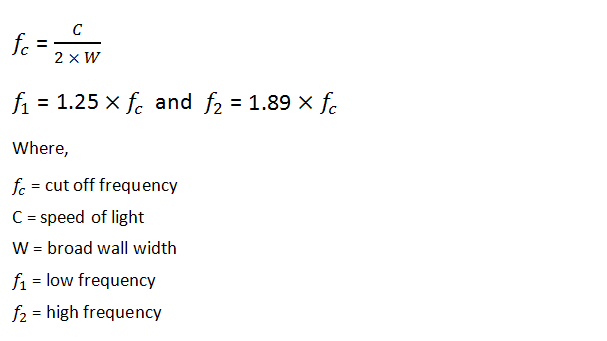Top 6 Coupler Loops Manufacturers Market Leaders and Innovators
Leveraging cutting-edge technology, Dolphmicrowave, Harris Corporation, Raytheon Technologies, Northrop Grumman, L3Harris Technologies, and ViaSat Inc. are shaping the future of satellite communications with innovative coupler loops and RF solutions. In the dynamic and ever-evolving landscape of satellite communications, the quest for seamless global connectivity has given rise to a select group of manufacturers who stand […]
Top 6 Coupler Loops Manufacturers Market Leaders and Innovators Read More »

